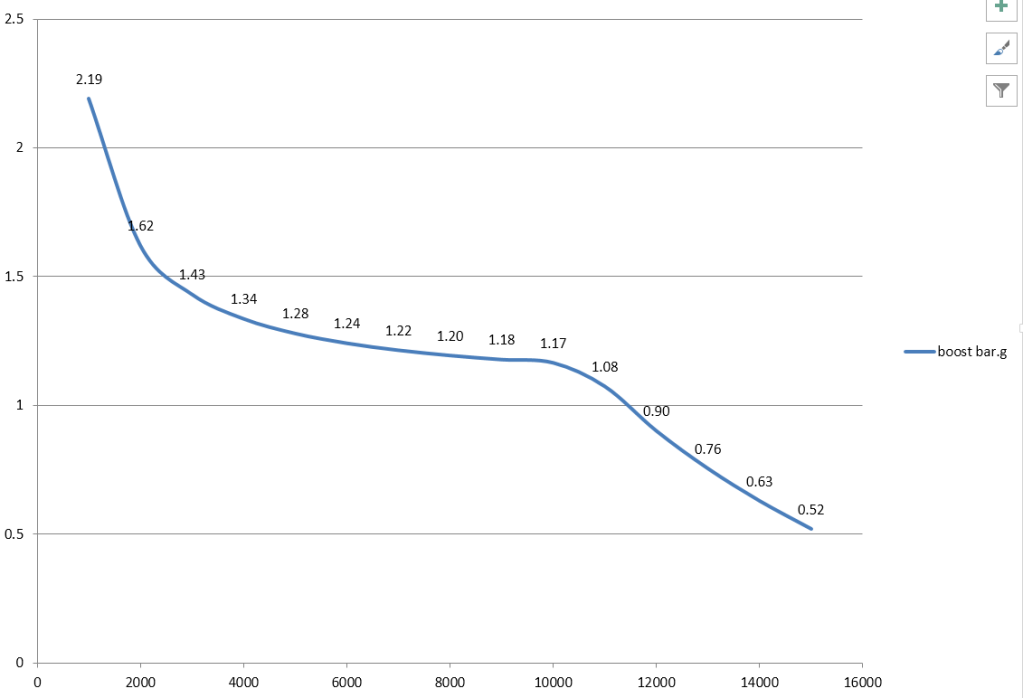http://www.stealth316.com/2-turbotemp.htm
Here is another calculator - in psi and *F unfortunately but there is a F -> C converter lower on the page. Use 14.5 psi (abs) inlet 38.3 psi (gauge) boost to get a pressure ratio of 3.5 Use whatever compressor efficiency you like. 100% gives an outlet temp of 339*F (170.6*C) . 82% gives an outlet temp of 391 *F (199.4*C). 82% is very high. I wonder if the F1 compressors are that high?
- Login or Register
No account yet? Sign up



